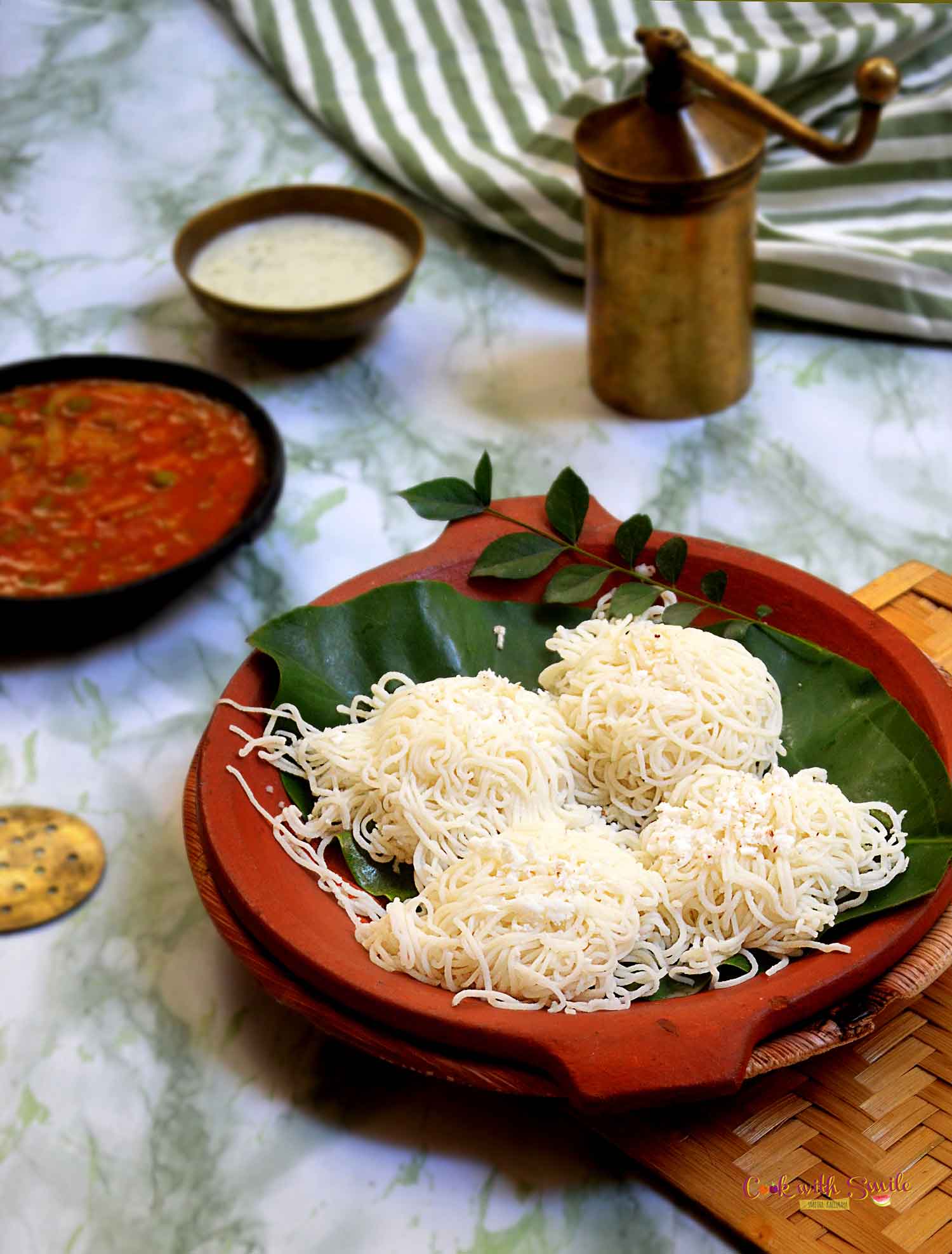The history of pasta is difficult to trace for several reasons. The word pasta is generally used to describe traditional Italian noodles, which differentiates it from other types of noodles around the world.
Historically it is believed that pasta is likely to be the descendant of ancient Asian noodles. As per popular belief pasta was brought to Italy from china by Traveler Marco polo during his travel in 1271. In his book, “The Travels of Marco Polo,” there is a passage that briefly mentions his introduction to a plant that produced flour. The Chinese used this plant to create a meal similar to barley flour. The barley-like meal Polo mentioned was used to make several pasta-like dishes, including one described as “lagana” (lasagna). Pasta was gaining much popularity in the 13th century in Italy.
Moving down south we have Indian version of rice noodles known as Idiyappam. Idiyappam, are fresh steamed fine rice noodles, that are traditionally made with rice batter. Idiyappam is culinary specialty throughout TamilNadu, Kerala, Sri Lanka and southern areas of Karnataka. It is also a culinary staple in Sri Lanka. The name idiyappam derives from the Tamil word idi, meaning ‘broken down’, and appam, meaning “pancake”. The dish is also, frequently, called noolappam or noolputtu from the Tamil/Malayalam word nool, meaning “string or thread”. In coastal areas of Karnataka like Mangalore and Udupi it is also termed semige or semé da addae in Tulu, it is eaten with Tuluva chicken and fish curries called Gassi, and also a coconut milk dish called Rasayana. According to eminent Indian food historian K.T. Achaya both idiyappam and appam were dishes sold by kaazhiyar and kuuviyar – vendors od snack foods on the seashore; they are graphically described in ancient Sangam poems, Perumpanuru, Mathuraikanchi and Silappathikaram which date back to a period from 300 BC to 300 AD. Centuries later, the recipes for these three dishes have remained practically unchanged in South India.
To make Idiyappam, Rice is soaked and ground to fine paste and this batter is mixed with salt and a tablespoon of oil and cooked over a stove to remove all the water. It is stirred constantly while cooking so that no lumps form. After a few minutes of cooking the batter thickens and comes together into a ball of soft dough, It is cooled and then filled in a wooden or metal press with many small holes at the bottom. The noodles are squeezed out in a circular pattern on to a steamer plate with tiny holes at the bottom lined with clean wet cloth and steamed for five to six minutes. Alternately the soft cooked dough is steamed first and then the noodles are squeezed out using the press.
In Tamil Nadu cooked rice noodles are also broken up and seasoned in several different ways to make sevai. These include lemon sevai, tamarind sevai pepper sevai, curd sevai and sweet sevai. In Tamil Nadu coconut milk sweetened with sugar or sodhi kolambu, a vegetable stew prepared with vegetables and coconut milk, a specialty of Tirunelveli, are served with both idiyappam and appam. In the hill country of Karnataka fresh rice noodles are called nooputtu and served with chicken curry.


